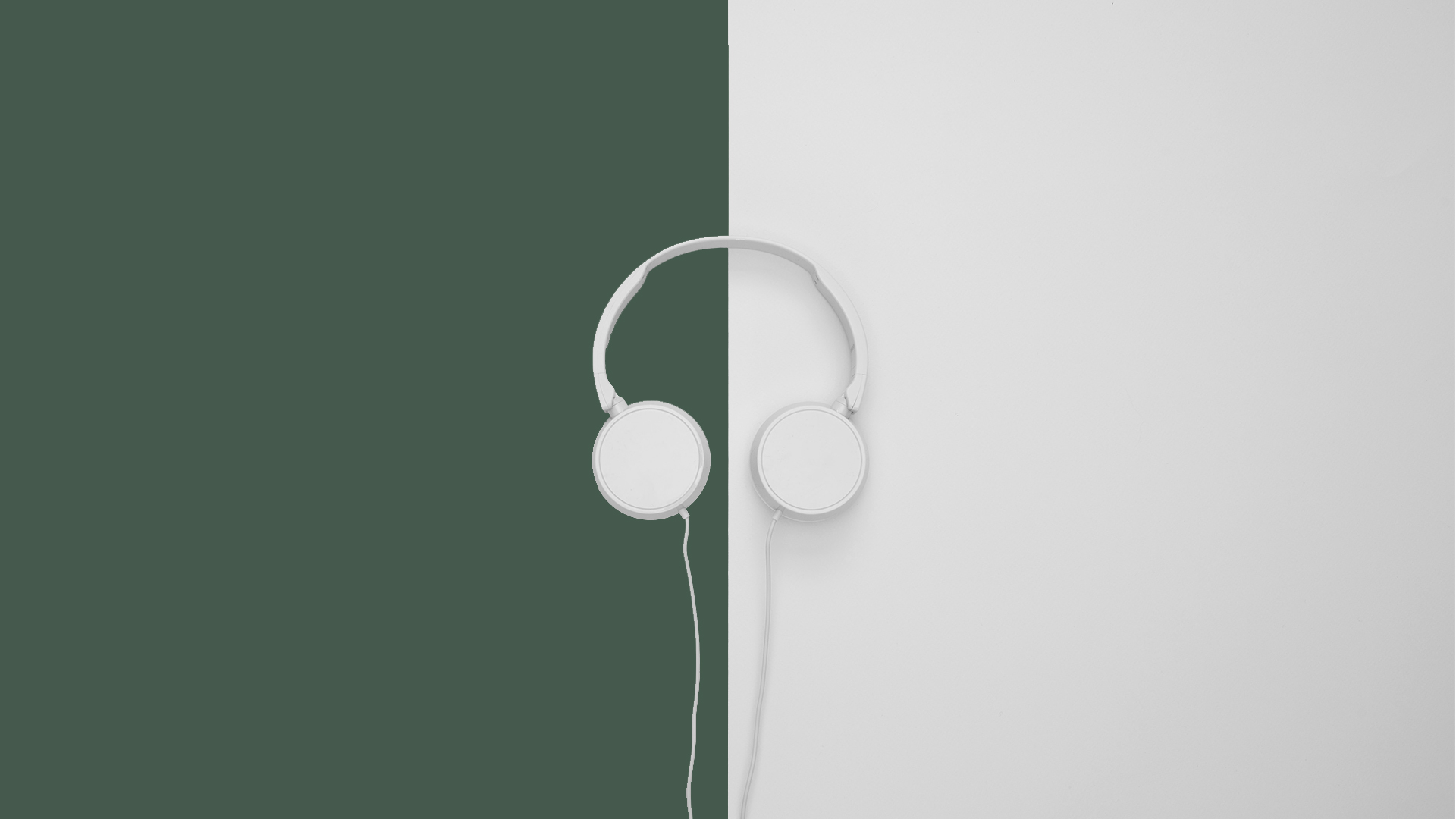Mono vs Stereo
By Samuel ParentMay 3, 2020

Should we record tracks in mono or stereo?
I think it is all a matter of contrast, in order to keep the listener attentive. I believe that a session composed only with mono tracks can stand out more than a session composed of several stereo tracks.
One of the most underrated tips for track mixing is to work with your monitor's mono button switched on or with a plugin inserted on the master track. This way, you will be able to clearly hear the correlation between the tracks. You will hear it straight away if there is a phase problem, if the tracks are dubbed badly or if the instruments are too loud. Naturally, you will need to decide which tracks you will keep and which ones you will mute. Creating some space will allow you to focus your session on what is really important in your piece. Even your stereo tracks will blend better within your entire session. If you make quality mono tracks and overlay them during the mix, once you turn the mono button off and do some left/right positioning, a professional outcome will be easier to achieve. Obviously, recording a mono track that sounds good enough and that's not going to make you want to do it over again in stereo, is not an easy thing to do. It is a bit like if the brain forgives the defects of bad recordings when they are stereo. The wider the image, the blurrier our perception.
We would all like each solo track to have a large and solid image, yet the width of the stereo tracks is supported by mono tracks that give us a landmark in space.
Some examples:
Listening to Lana Del Rey's « West Coast », we realize the importance of monophony in a professional production. The contrast of the stereo image between the verses and the chorus is very noticeable. This contrast gives an impression of width. In reality, very few tracks are really stereo.
« Can’t Leave The Night » by Bad Bad Not Good is another example where monophony is very prominent. Even the reverb on the snare drum is mono.
In your next mix, pay extra attention to your mono/stereo compatibility. If you are not used to it, you will see that this exercise can help you further define your results.